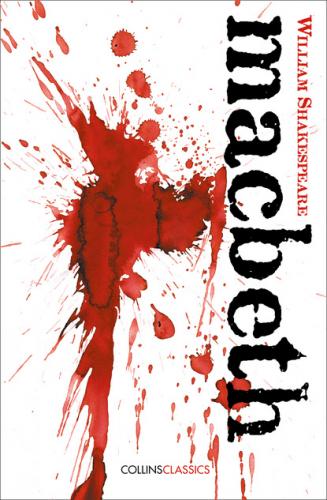This Shakespeare play uses the full Alexander text. By keeping in mind the fact that the language has changed considerably in four hundred years, as have customs, jokes, and stage conventions, the editors have aimed at helping the modern reader – whether English is their mother tongue or not – to grasp the full significance of the play. The Notes, intended primarily for examination candidates, are presented in a simple, direct style. The needs of those unfamiliar with British culture have been specially considered.
Since quiet study of the printed word is unlikely to bring fully to life plays that were written directly for the public theatre, attention has been drawn to dramatic effects which are important in performance. The editors see Shakespeare’s plays as living works of art which can be enjoyed today on stage, film and television in many parts of the world.
Table of Contents
The Theatre in Shakespeare’s Day
Shakespeare: Words and Phrases
The Theatre in Shakespeare’s Day
On the face of it, the conditions in the Elizabethan theatre were not such as to encourage great writers. The public playhouse itself was not very different from an ordinary inn-yard; it was open to the weather; among the spectators were often louts, pickpockets and prostitutes; some of the actors played up to the rowdy elements in the audience by inserting their own jokes into the authors’ lines, while others spoke their words loudly but unfeelingly; the presentation was often rough and noisy, with fireworks to represent storms and battles, and a table and a few chairs to represent a tavern; there were no actresses, so boys took the parts of women, even such subtle and mature ones as Cleopatra and Lady Macbeth; there was rarely any scenery at
